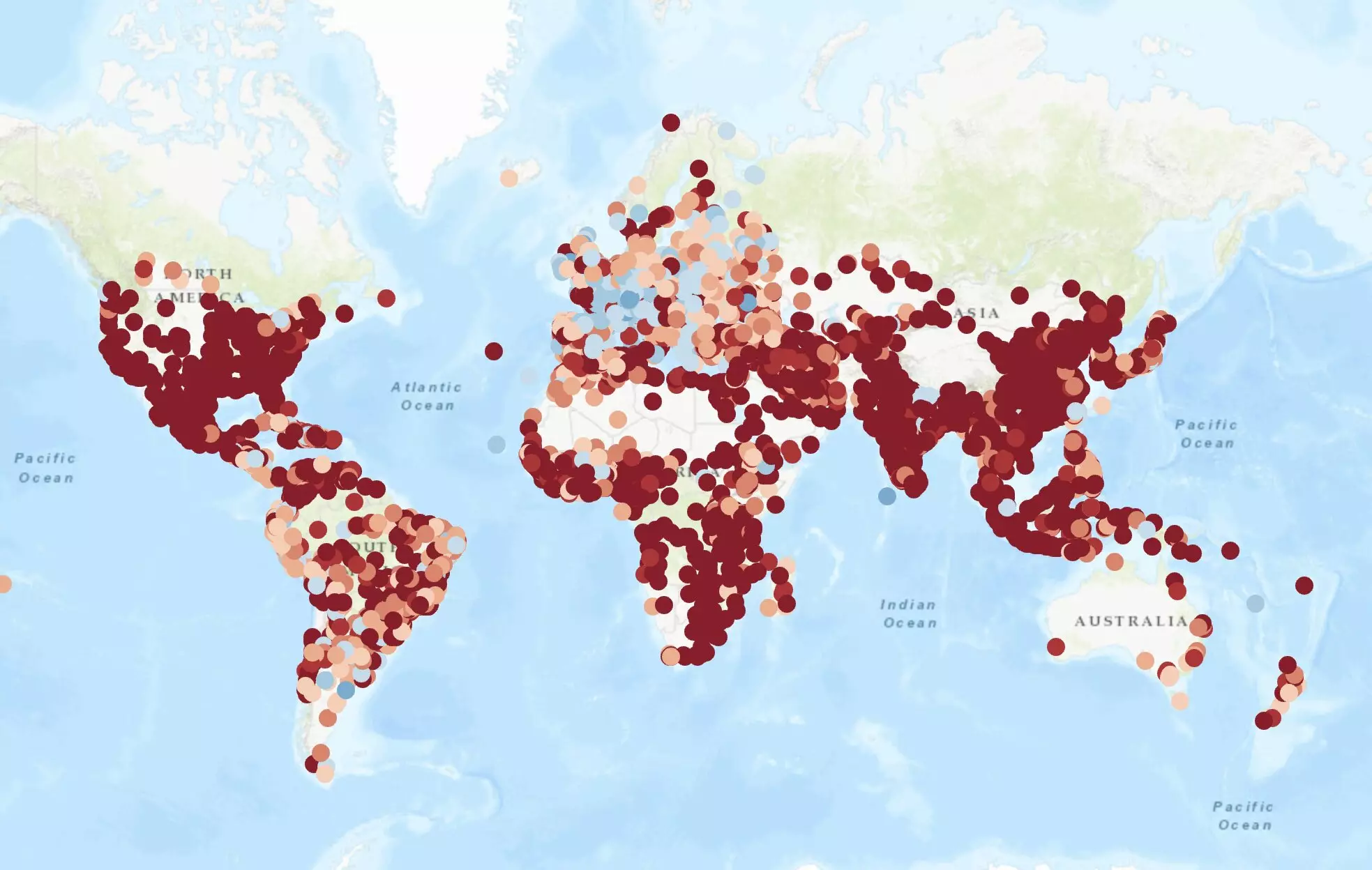The 15-minute city is not merely a trendy catchphrase in urban planning; it is a revolutionary concept striving to redefine the way we perceive our urban environments. This model permits residents to access essential services—such as workplaces, grocery stores, schools, and hospitals—within a mere 15-minute walk or bike ride from their homes. With urban populations rising dramatically—more than half of the world’s residents currently inhabit cities—the challenges of traffic congestion, air pollution, social isolation, and declining quality of life have reached critical levels. The increasing urgency to address these issues has elevated the 15-minute city as a significant focus of urban development discussions.
In an impactful study published in Nature Cities, a research team led by Vittorio Loreto from the Complexity Science Hub set out to quantify how well different cities adhere to the ideals of the 15-minute city. They developed an innovative metric to evaluate urban accessibility and created an open-access platform that allows users to explore the accessibility of various cities. Through this platform, the researchers assessed urban environments on a global scale, exposing inequities between regions and highlighting variances in service accessibility within cities.
While cities in Europe—like Vienna—scored impressively in terms of accessibility, large swathes of urban America, Africa, and parts of Asia lagged significantly behind, requiring inhabitants to invest much more time into accessing essential services. This disparity emphasizes how physical and economic barriers contribute to urban inequality.
The study underscores a vital truth: urban areas are often arenas of vast inequality. Higher service concentration in specific districts raises the cost of living, effectively excluding lower-income families from access to essential services. Loreto reflects on this grim reality, indicating a pressing need to rethink urban layouts and resource allocations. The inequalities revealed by their analysis can be seen as a clarion call for equitable urban development that prioritizes proximity to essential services.
However, the research team did not limit itself to merely illustrating these inequities; it actively engaged in a dialogue about possible solutions. They posed critical questions regarding whether cities require comprehensive enhancements in public transportation to guarantee better service accessibility, or if a more effective strategy could involve redistributing amenities throughout neighborhoods.
To explore these possibilities, the researchers devised a “relocation algorithm,” a tool designed to pinpoint how cities can maximize accessibility through resource redistribution. This algorithm serves multiple purposes: It helps cities understand the minimum number of services they must add to align with the 15-minute city model and simulates different scenarios for urban service distribution.
Loreto identifies that cities exhibit considerable variance in their capacity to implement the 15-minute city concept. Some might require significant additional services, while others may struggle to even propose a proximity-based distribution of existing services. Understanding these nuances is essential; a one-size-fits-all approach will only exacerbate existing disparities.
Importantly, the research suggests that focusing solely on time-based metrics may be insufficient for creating livable urban areas. Instead, it advocates for a diversified framework that accounts for specific local population densities, socio-economic circumstances, and cultural contexts. This adapted model champions value-oriented urban planning, enabling planners and policymakers to create tailored solutions that address the individual complexities of each city.
Such nuanced planning can lead to remarkably positive societal transformations. Equitably enhancing access to health care, education, culture, and other essential services can invigorate cities, making them hubs of creativity, civic engagement, and informed citizenship.
The 15-minute city stands as an ambitious yet pragmatic framework to confront the growing challenges that urban environments face. By focusing on accessibility and equity through customized solutions, cities can create inclusive spaces where every individual has access to the essential resources they need. As urban planners, engineers, and policymakers strive to visualize cities that champion accessibility and sustainability, the vision of the 15-minute city could very well become a reality—one that focuses on fostering engaged global citizens and enhancing the quality of urban living in an increasingly crowded world.

